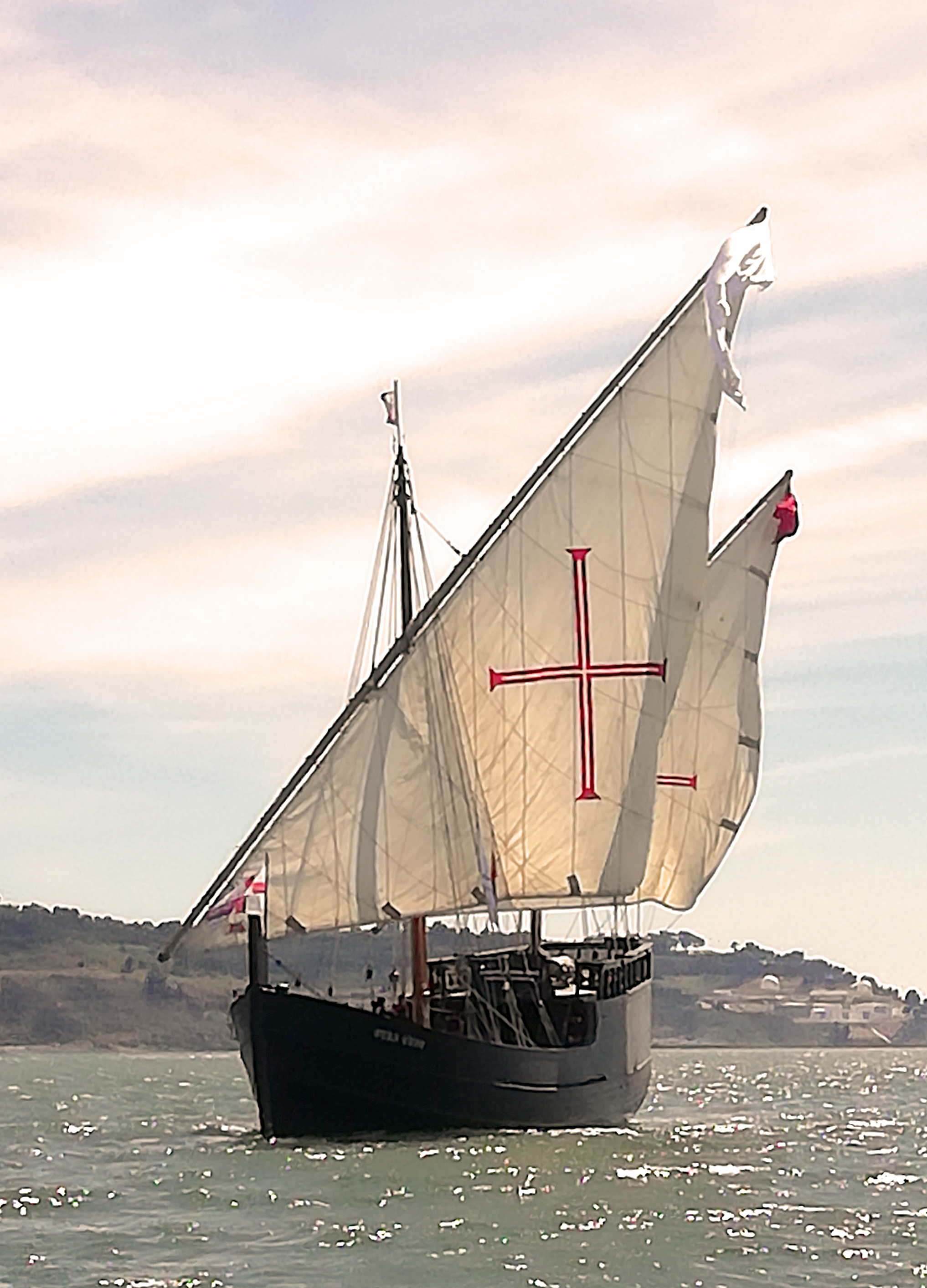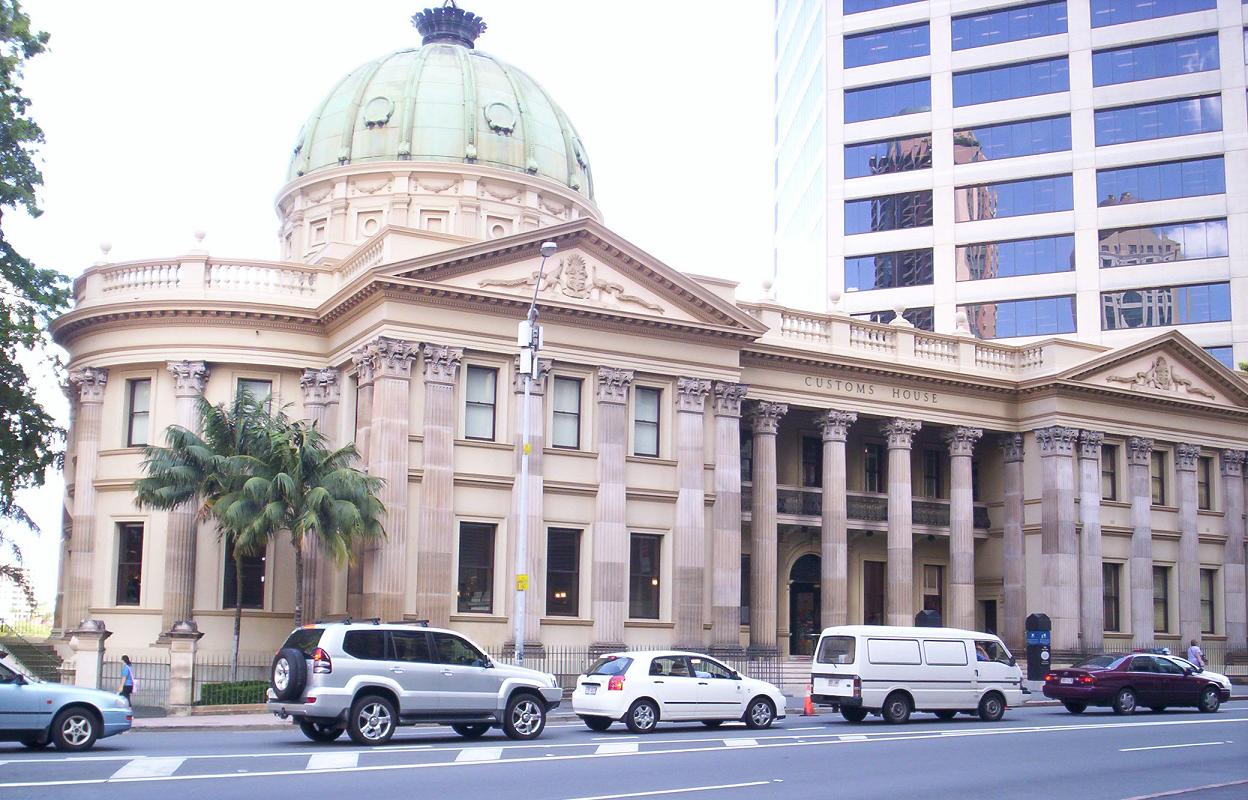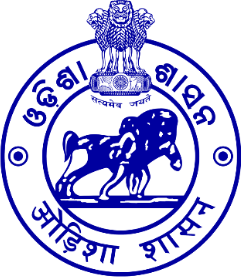|
Portuguese Settlement In Chittagong
Chittagong, the second largest city and main port of Bangladesh, was home to a thriving trading post of the Portuguese Empire in the East in the 16th and 17th centuries. The Portuguese first arrived in Chittagong around 1528 and left in 1666 after the Mughal conquest. It was the first European colonial enclave in the historic region of Bengal. Etymology Chittagong was the largest seaport in the Sultanate of Bengal, which was termed as the "Shahi Bangalah" (Imperial Bengal) in Persian and Bengali. The Portuguese referred to the port city as ''Porto Grande de Bengala'', which meant "the Grand Harbor of Bengal". The term was often simplified as ''Porto Grande''. History Arrival of the Portuguese On 9 May 1512, a fleet of four ships commanded by João da Silveira from the Estado da India arrived in Chittagong from Goa. They were followed by several embassies from the Kingdom of Portugal to the Sultanate of Bengal, then reputed as the wealthiest region in the Indian ... [...More Info...] [...Related Items...] OR: [Wikipedia] [Google] [Baidu] |
Portuguese Language
Portuguese ( or, in full, ) is a western Romance language of the Indo-European language family, originating in the Iberian Peninsula of Europe. It is an official language of Portugal, Brazil, Cape Verde, Angola, Mozambique, Guinea-Bissau and São Tomé and Príncipe, while having co-official language status in East Timor, Equatorial Guinea, and Macau. A Portuguese-speaking person or nation is referred to as "Lusophone" (). As the result of expansion during colonial times, a cultural presence of Portuguese speakers is also found around the world. Portuguese is part of the Ibero-Romance group that evolved from several dialects of Vulgar Latin in the medieval Kingdom of Galicia and the County of Portugal, and has kept some Celtic phonology in its lexicon. With approximately 250 million native speakers and 24 million L2 (second language) speakers, Portuguese has approximately 274 million total speakers. It is usually listed as the sixth-most spoken language, the third-mos ... [...More Info...] [...Related Items...] OR: [Wikipedia] [Google] [Baidu] |
Estado Da India
The State of India ( pt, Estado da Índia), also referred as the Portuguese State of India (''Estado Português da Índia'', EPI) or simply Portuguese India (), was a state of the Portuguese Empire founded six years after the discovery of a sea route to the Indian subcontinent by Vasco da Gama, a subject of the Kingdom of Portugal. The capital of Portuguese India served as the governing centre of a string of military forts and trade posts scattered all over the Indian Ocean. The first viceroy, Francisco de Almeida established his base of operations at Fort Manuel, after the Kingdom of Cochin negotiated to become a protectorate of Portugal in 1505. With the Portuguese conquest of Goa from the Bijapur Sultanate in 1510, Goa became the major anchorage for the Portuguese Armadas arriving in India. The capital of the viceroyalty was transferred from Cochin in the Malabar region to Goa in 1530. From 1535, Mumbai (Bombay) was a harbour of Portuguese India as '' Bom Bahia'', un ... [...More Info...] [...Related Items...] OR: [Wikipedia] [Google] [Baidu] |
Ship-building
Shipbuilding is the construction of ships and other floating vessels. It normally takes place in a specialized facility known as a shipyard. Shipbuilders, also called shipwrights, follow a specialized occupation that traces its roots to before recorded history. Shipbuilding and ship repairs, both commercial and military, are referred to as " naval engineering". The construction of boats is a similar activity called boat building. The dismantling of ships is called ship breaking. History Pre-history The earliest known depictions (including paintings and models) of shallow-water sailing boats is from the 6th to 5th millennium BC of the Ubaid period of Mesopotamia. They were made from bundled reeds coated in bitumen and had bipod masts. They sailed in shallow coastal waters of the Persian Gulf. 4th millennium BC Ancient Egypt Evidence from Ancient Egypt shows that the early Egyptians knew how to assemble planks of wood into a ship hull as early as 3100 BC. Egyptian ... [...More Info...] [...Related Items...] OR: [Wikipedia] [Google] [Baidu] |
Sandwip
Sandwip ( bn, সন্দ্বীপ, Shondip) is an island located along the southeastern coast of Bangladesh in the Chattogram District. Along with the island of Urir Char, it is a part of the Sandwip Upazila. Description Sandwip is located in the north-east of the Bay of Bengal, near the port city of Chittagong. It is close to the mouth of the Meghna River in the Bay of Bengal and is separated from the Chittagong coast by Sandwip Channel. It has a population of nearly 700,000. There are fifteen wards, 62 ''mahallas'' and 34 villages on Sandwip Island. The island is long and wide. The island is bounded by Companiganj on the north; the Bay of Bengal on the south; Sitakunda, Mirsharai, and Sandwip Channel on the east; and the Noakhali Sadar, Hatiya and Meghna estuaries; on the west. Etymology There are several theories to the origin of the name ''Sandwip'' (pronounced Shondip) among the locals. One theory says that 12 '' awlia'' from Baghdad travelling to Chittagong disc ... [...More Info...] [...Related Items...] OR: [Wikipedia] [Google] [Baidu] |
Age Of Discovery
The Age of Discovery (or the Age of Exploration), also known as the early modern period, was a period largely overlapping with the Age of Sail, approximately from the 15th century to the 17th century in European history, during which seafaring Europeans explored and colonized regions across the globe. The extensive overseas exploration, with the Portuguese and Spanish at the forefront, later joined by the Dutch, English, and French, emerged as a powerful factor in European culture, most notably the European encounter and colonization of the Americas. It also marks an increased adoption of colonialism as a government policy in several European states. As such, it is sometimes synonymous with the first wave of European colonization. European exploration outside the Mediterranean started with the maritime expeditions of Portugal to the Canary Islands in 1336, and later with the Portuguese discoveries of the Atlantic archipelagos of Madeira and Azores, the coast of West ... [...More Info...] [...Related Items...] OR: [Wikipedia] [Google] [Baidu] |
Bay Of Bengal
The Bay of Bengal is the northeastern part of the Indian Ocean, bounded on the west and northwest by India, on the north by Bangladesh, and on the east by Myanmar and the Andaman and Nicobar Islands of India. Its southern limit is a line between Sangaman Kanda, Sri Lanka, and the north westernmost point of Sumatra, Indonesia. It is the largest water region called a bay in the world. There are countries dependent on the Bay of Bengal in South Asia and Southeast Asia. During the existence of British India, it was named as the Bay of Bengal after the historic Bengal region. At the time, the Port of Kolkata served as the gateway to the Crown rule in India. Cox's Bazar, the longest sea beach in the world and Sundarbans, the largest mangrove forest and the natural habitat of the Bengal tiger, are located along the bay. The Bay of Bengal occupies an area of . A number of large rivers flow into the Bay of Bengal: the Ganges– Hooghly, the Padma, the Brahmaputra– Yamuna, t ... [...More Info...] [...Related Items...] OR: [Wikipedia] [Google] [Baidu] |
Customs House
A custom house or customs house was traditionally a building housing the offices for a jurisdictional government whose officials oversaw the functions associated with importing and exporting goods into and out of a country, such as collecting customs duty on imported goods. A custom house was typically located in a seaport or in a city on a major river, with access to an ocean. These cities acted as ports of entry into a country. Due to advances in electronic information systems, the increased volume of international trade, and the introduction of air travel, the term "custom house" became a historical anachronism. There are many examples of buildings around the world that were formerly used as custom houses but have since been converted for other uses, such as museums or civic buildings. As examples, the former Alexander Hamilton U.S. Custom House in Manhattan, New York, (now the George Gustav Heye Center) presently houses a branch of the National Museum of the American Indi ... [...More Info...] [...Related Items...] OR: [Wikipedia] [Google] [Baidu] |
Sultan Of Bengal
The Sultanate of Bengal ( Middle Bengali: শাহী বাঙ্গালা ''Shahī Baṅgala'', Classical Persian: ''Saltanat-e-Bangālah'') was an empire based in Bengal for much of the 14th, 15th and 16th centuries. It was the dominant power of the Ganges–Brahmaputra Delta, with a network of mint towns spread across the region. The Bengal Sultanate had a circle of vassal states, including Odisha in the southwest, Arakan in the southeast, and Tripura in the east. Its raids and conquests reached Nepal in the north, Assam in the east, and Jaunpur and Varanasi in the west. The Bengal Sultanate controlled large parts of the north, east and northeast Indian subcontinent during its five dynastic periods, reaching its peak under Hussain Shahi dynasty. It was reputed as a thriving trading nation and one of Asia's strongest states. Its decline began with an interregnum by the Suri Empire, followed by Mughal conquest and disintegration into petty kingdoms. The Bengal Sult ... [...More Info...] [...Related Items...] OR: [Wikipedia] [Google] [Baidu] |
Orissa, India
Odisha (English: , ), formerly Orissa ( the official name until 2011), is an Indian state located in Eastern India. It is the 8th largest state by area, and the 11th largest by population. The state has the third largest population of Scheduled Tribes in India. It neighbours the states of Jharkhand and West Bengal to the north, Chhattisgarh to the west, and Andhra Pradesh to the south. Odisha has a coastline of along the Bay of Bengal in Indian Ocean. The region is also known as Utkala and is also mentioned in India's national anthem, " Jana Gana Mana". The language of Odisha is Odia, which is one of the Classical Languages of India. The ancient kingdom of Kalinga, which was invaded by the Mauryan Emperor Ashoka (which was again won back from them by King Kharavela) in 261 BCE resulting in the Kalinga War, coincides with the borders of modern-day Odisha. The modern boundaries of Odisha were demarcated by the British Indian government when Orissa Province was est ... [...More Info...] [...Related Items...] OR: [Wikipedia] [Google] [Baidu] |
Moorish
The term Moor, derived from the ancient Mauri, is an exonym first used by Christian Europeans to designate the Muslim inhabitants of the Maghreb, the Iberian Peninsula, Sicily and Malta during the Middle Ages. Moors are not a distinct or self-defined people. The 1911 ''Encyclopædia Britannica'' observed that the term had "no real ethnological value." Europeans of the Middle Ages and the early modern period variously applied the name to Arabs and North African Berbers, as well as Muslim Europeans. The term has also been used in Europe in a broader, somewhat derogatory sense to refer to Muslims in general,Menocal, María Rosa (2002). ''Ornament of the World: How Muslims, Jews and Christians Created a Culture of Tolerance in Medieval Spain''. Little, Brown, & Co. , p. 241 especially those of Arab or Berber descent, whether living in Spain or North Africa. During the colonial era, the Portuguese introduced the names " Ceylon Moors" and "Indian Moors" in South Asia and Sr ... [...More Info...] [...Related Items...] OR: [Wikipedia] [Google] [Baidu] |
Portuguese Ceylon
Portuguese Ceylon ( pt, Ceilão Português, Sinhala: පෘතුගීසි ලංකාව ''Puruthugisi Lankawa'', Tamil: போர்த்துக்கேய இலங்கை ''Porthukeya Ilankai'') is the name given to the territory on Ceylon, modern-day Sri Lanka, controlled by the Portuguese Empire between 1597 and 1658. Portuguese presence in the island lasted from 1505 to 1658. Their arrival was largely accidental, and the Portuguese sought control of commerce, rather than territory. The Portuguese were later drawn into the internal politics of the island with the political upheaval of the Wijayaba Kollaya, and used these internal divisions to their advantage during the Sinhalese–Portuguese War, first in an attempt to control the production of valuable cinnamon and later of the entire island. Direct Portuguese rule did not begin until after the death of Dharmapala of Kotte, who died without an heir, and had bequeathed the Kingdom of Kotte to the Portuguese m ... [...More Info...] [...Related Items...] OR: [Wikipedia] [Google] [Baidu] |
History Of Bombay Under Portuguese Rule (1534-1661)
History (derived ) is the systematic study and the documentation of the human activity. The time period of event before the invention of writing systems is considered prehistory. "History" is an umbrella term comprising past events as well as the memory, discovery, collection, organization, presentation, and interpretation of these events. Historians seek knowledge of the past using historical sources such as written documents, oral accounts, art and material artifacts, and ecological markers. History is not complete and still has debatable mysteries. History is also an academic discipline which uses narrative to describe, examine, question, and analyze past events, and investigate their patterns of cause and effect. Historians often debate which narrative best explains an event, as well as the significance of different causes and effects. Historians also debate the nature of history as an end in itself, as well as its usefulness to give perspective on the problems of the p ... [...More Info...] [...Related Items...] OR: [Wikipedia] [Google] [Baidu] |


.png)







.jpg)